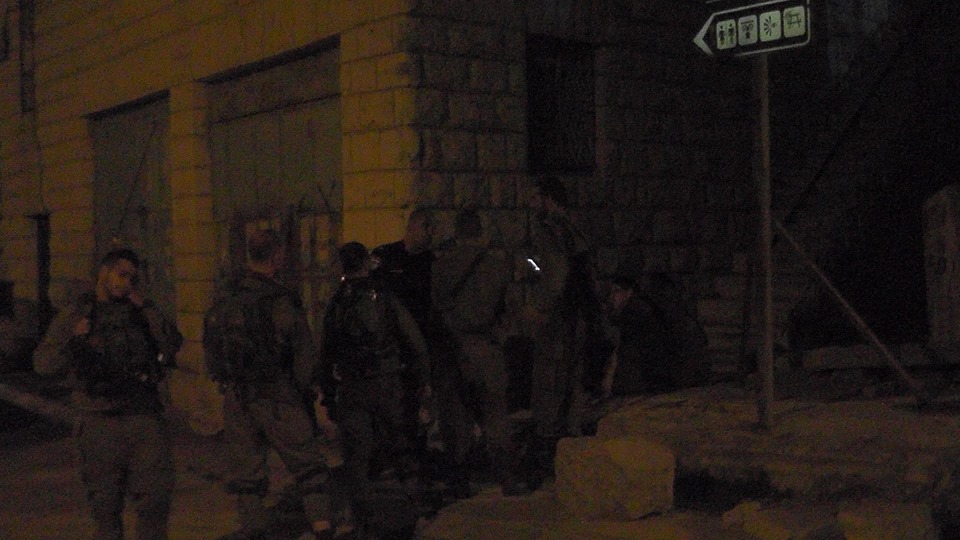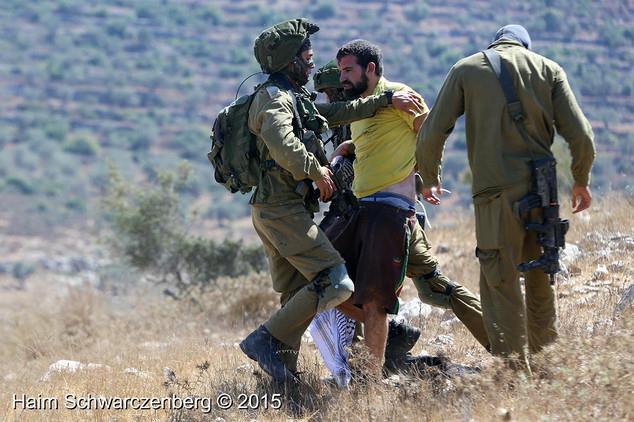Author: ISM Media
-
The women in Hebron cooperative
13th September 2015 | International Solidarity Movement, Al-Khalil Team | Hebron, Occupied Palestine International Solidarity Movement human rights monitors spend the afternoon at the Women in Hebron embroidery cooperative where Palestinian women are empowering themselves and persisting with grace in a colourful and beautiful way in a community space amidst the horror of the ongoing…
-
International arrested in al-Khalil and banned from part of the city
12th September 2015 | International Solidarity Movement, Al-Khalil Team | Hebron, occupied Palestine Sunday night an international human rights observer was arrested by Israeli forces on bogus charges in al-Khalil (Hebron) in occupied Palestine. The activist was detained by Israeli soldiers when leaving a house in the Tel Rumeida neighbourhood of al-Khalil. Only a few…
-
Vittorio Fera free: ‘People need to open their blind eye!’
11th September 2015 | International Solidarity Movement, Al-Khalil Team | Hebron, occupied Palestine Vittorio Fera was arrested on 28th August 2015 at a peaceful demonstration in Nabi Saleh in occupied Palestine. He was beaten up several times by Israeli soldiers during and after his arrest and they only handed him over to the Israeli police…



